 |
|
1 CD -
8.43476 ZK - (c) 1987
|
|
KLAVIERSONATEN
|
|
|
|
|
|
|
|
| Ludwig van
BEETHOVEN (1750-1827) |
Klaviersonate
Nr. 5 c-moll, Op. 10 Nr. 1 - Der
Gräfin Anna Margarete von Browne
gewidmet (Komponiert 1796/98)
|
|
15' 47" |
|
|
-
Allegro molto e con brio
|
4' 47" |
|
1 |
|
-
Adagio molto
|
6' 50" |
|
2 |
|
-
Finale: Prestissimo
|
4' 10" |
|
3 |
|
Klaviersonate
Nr. 6 F-dur,
Op. 10 Nr. 2 - Der Gräfin Anna
Margarete von Browne gewidmet
(Komponiert 1796/98) |
|
11' 10" |
|
|
-
Allegro
|
5' 15" |
|
4 |
|
-
Allegretto |
3' 26" |
|
5 |
|
-
Presto
|
2' 29" |
|
6 |
|
Klaviersonate
Nr. 7 D-dur,
Op. 10 Nr. 3 - Der
Gräfin Anna
Margarete von
Browne
gewidmet
(Komponiert
1796/98)
|
|
22' 19" |
|
|
-
Presto
|
6' 54" |
|
7 |
|
-
Largo e mesto
|
8' 28" |
|
8 |
|
-
Menuetto: Allegro
|
2' 48" |
|
9 |
|
-
Rondo: Allegro
|
4' 09" |
|
10 |
|
|
|
|
Rudolf BUCHBINDER,
Klavier (STEINWAY-Flügel)
|
|
|
|
|
|
Luogo
e data di registrazione |
|
Teldec
Studio, Berlin (Germania) -
febbraio 1981 (Nr. 5, 6)
Kongreßsaal, Villach (Austria) -
luglio 1979 (Nr. 7)
|
|
|
Original
Editions |
|
Telefunken
| 6.35472 FK - Vol.1 | 3 LPs |
LC 0366 | durata: 46' 29" ·
43' 17" · 46' 12" | (p) 1981 |
ANA | stereo | (Nr. 7)
Telefunken |
6.35581 FK - Vol.3 | 3 LPs |
LC 0366 | durata: 53' 24" ·
41' 14" · 49' 53" | (p) 1981
| ANA | stereo | (Nr. 5, 6)
|
|
|
Edizione CD
|
|
Teldec |
8.43476 ZK | 1 CD | LC
3706 | durata: 49' 00" |
(c) 1987
| DDD/DMM | stereo
|
|
|
Executive
Producer |
|
Wolfgang
Mohr
|
|
|
Recording
Engineer |
|
Prof.
Martin Fouqué, Siegbert Ernst (Nr.
5); Michael Bramann (Nr. 6, 7)
|
|
|
Cover design
|
|
Holger
Matthies
|
|
|
Note |
|
- |
|
|
|
|
| THE 32
PIANO SONATAS (10 CDs DMM) |
Piano
Sonata Nr. 5 c-moll, Op. 10 Nr.
1
Almost exactly contemporary with
the op. 7 sonata and the three
string trios op. 9, the three
sonatas of op. 10 appeared in
1798. They are dedicated to the
wife of Count Browne, whom
Beethoven lauds in the
grandiloquent dedication of his
op. 9 as ”a gentleman of fine
feelings and boundless
generosity”, as ”the first
Maecenas of my music”. (The Count
had, among other presents, given
Beethoven a horse, Beethoven - the
anecdote was passed on by his
pupil Ferdinand Ries - ”rode the
animal a few times, but soon
forgot about it”.) The order of
the three sonatas distinctly
recalls the op. 2 trios: in op.
10, too, the first work is an
energetic, intense piece in the
minor, the second a cheerful,
decorative work in the major,
here, too, the first two sonatas
are fairly light-weight, as if
preludes to the last and most
important sonata. Indeed, the
parallels can be taken further:
while op. 2/1 opens with an
universal motif (the so-called
”Mannheim rocket”), the first
movement of op. 10/1 recalls an
earlier composition, Mozart’s
sonata KV 457, which is also in
C-minor. The similarity is so
striking that it can hardly be
coincidence, and even holds for
details like the suprise effect of
the use of the major variant of
the main subject for the
exposition. Yet Beethoven’s sonata
movement possesses a previously
unheard bizarre furore, an
outbreak shaken by rash impulses
which makes contemporary critics’
ill-concealed resentment of such
”wild thoughts” quite
understandable, if one takes the
tempo indication allegro con brio
at face value. It is hard to
imagine that this sonata could be
so degraded and disembowelled that
near beginners are expected to
stumble through it!
After the calm cantabile of the
A-flat major middle movement -
into which only an occasional
reminiscence of the first movement
seems to infiltrate (in the
unexpected forte cascades) - the
finale resumes the furious
character of the opening movement.
Here once again is an extreme
tempo, and abrupt dynamic and
thematic contrast,- all the
richness of a sonata movement is
compressed into the most meagre
dimensions - the development,
closing with a hammering 4/8 motif
that anticipates the Fifth
Symphony and the Appassionata,
numbers only eleven bars. The
sonata finally expires in an
unreal major passage, piano on the
lowest bass notes.
Piano Sonata Nr. 6 F-dur, Op.
10 Nr. 2
Something of the ”fantastic
humour” that Carl Czerny (in his
notes to the Beethoven sonatas)
found in Beethoven's work appears
in the finale of op. 10/2: It is a
movement which begins like a
three-part fugue, then switches
immediately to the character of a
scherzo in even time;
nevertheless, a second subject is
introduced, in the manner of a
sonata movement, which in fact
only comprises a variant of the
fugal subject - a wanton, genial
game of perpetuum mobile with
various musical characteristics.
If the scherzo model is, as it
were, incorporated into the
finale, then the allegretto of the
middle movement, albeit written in
the 3/4 time of a scherzo, really
represents the missing slow
movement in its contemplative
D-flat major central section: the
harmonies are already quite
Schubertian. (Op. 10 nos. 1 &
2 are both three-movement works:
the slow movement is ”missing”
from the first sonata, while the
second sonata lacks the scherzo.
These are but two instances of
Beethoven's individual
reorganization of the conventions
of external form; in his piano
sonatas there is no “normal” order
of movements, in contrast to those
of Mozart with their regular
three-movement plan.)
Elements of mischievous good
humour are also to be found in the
first movement of op. 10/2: almost
the entire development is based on
the simplest possible motif from
the three notes of the last bar of
the exposition, which span an
octave. If, however, one starts to
analyse, it turns out that the
same three notes also correspond
to the beginning of the second
subject, which is, in turn,
clearly derived from a phrase in
the first subject. Again, in the
"false reprise” (D-major instead
of F-major), the characteristic
second triplet phrase is also
"falsely" written - one note too
high - and the “wrong” key is
framed by too many - and thus
metrically “wrong” - pauses that
the listener cannot help but
notice. Great artistry appears
herr - in contrast to the fury of
op. 10/1 - with smiling
nimbleness.
Piano
Sonata Nr. 7 D-dur, Op. 10 Nr.
3
Op. 10 No. 1 in C
minor is the most popular, but the
most important, without a doubt,
is No. 3. Its core is the slow
movement, Largo e mesto, a mighty
lamentation, a tragic song of
mourning in pallid hues,
expressing in its nuances of light
and shade, as Beethovens friend
and amanuensis Anton Schindler
claims he was told, the state of
mind of someone who has become a
prey to melancholy. This largo
introduces new sounds into piano
music which exceed the melancholy
of some of Mozart’s pieces or the
expressive eccentricity of C. P.
E. Bach , some passages almost
seem to anticipate Liszt. Three
decades later Czerny wrote: ”This
Adagio is one of Beethoven’s most
magnificent, but also most
melancholy.” However, the
irritation caused to Beethoven’s
contemporaries by this piece,
which they felt to be obscurely
dark, was expressed in a review in
1798: ”The superfluity of ideas, of
which an aspiring genius generally
manages to rid himself, still
frequently drives him veritably to
pile his wild thoughts on top of
one another and to arrange them in
a most peculiar manner. Thus he
often descends to a sombre art or
an artificial sombreness which is a
drawback rather than an advantage
for the overall effect...”
Evidently it was not only the late
works of Beethoven that appeared
incomprehensible. The bright first
movement is in marked contrast,
incessant rapid motion, the
progress of which is almost
entirely derived from a single
short motif. Similarly, the
Finale, with its wittily cheerful
interplay of question and answer.
The only movement which seems to
have any emotional connection with
the Largo, by providing some
relaxation, is the Minuet, which
is in major throughout; as in op.
2, No. 3, the allegro tempo does
not assert itself until the middle
section, with its demanding
triplets and pointed upbeats,
derived from the minuet subject,
is reached.
|
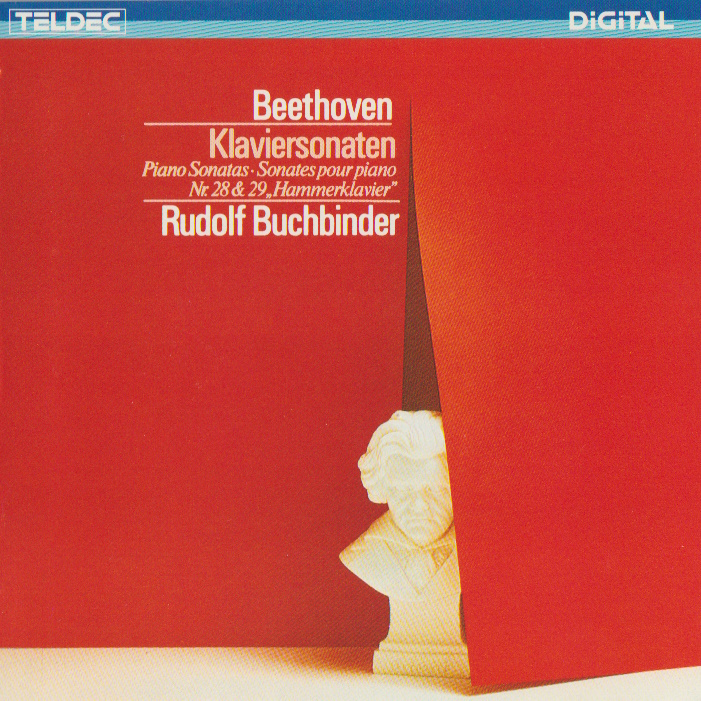
1 CD - 8.42761 ZK - (c) 1984
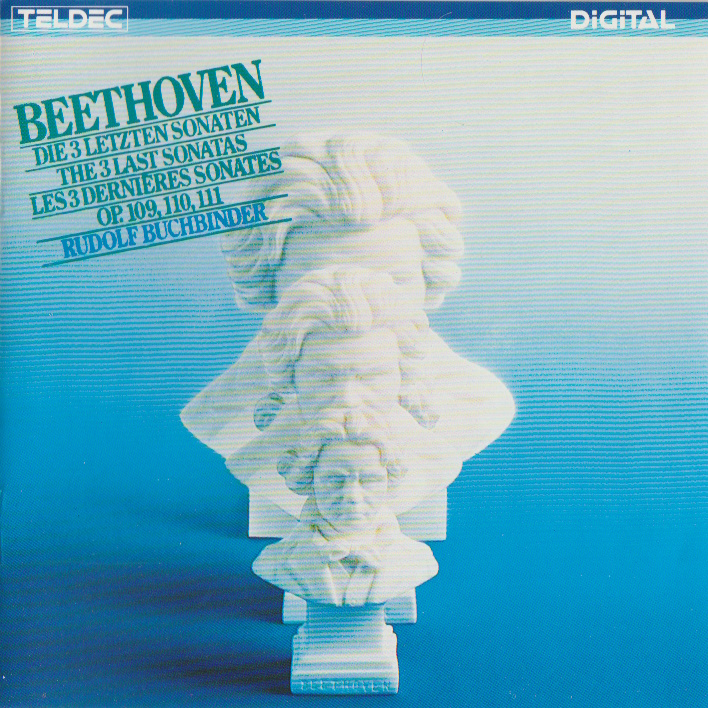 1 CD -
8.43027 ZK - (c) 1984
1 CD -
8.43027 ZK - (c) 1984

1 CD -
8.43206 ZK -
(p) 1985
1 CD - 8.43415
ZK - (p) 1986
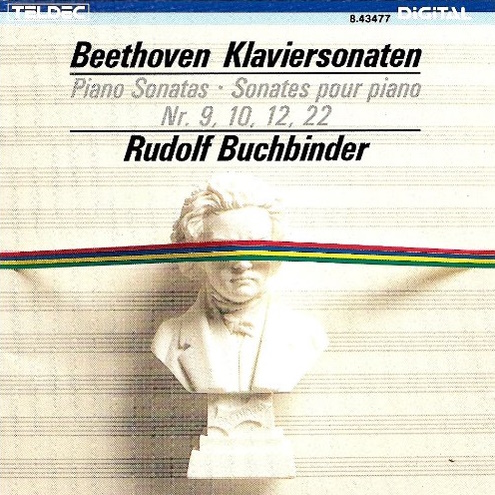
1 CD - 8.43477
ZK - (p) 1987
|
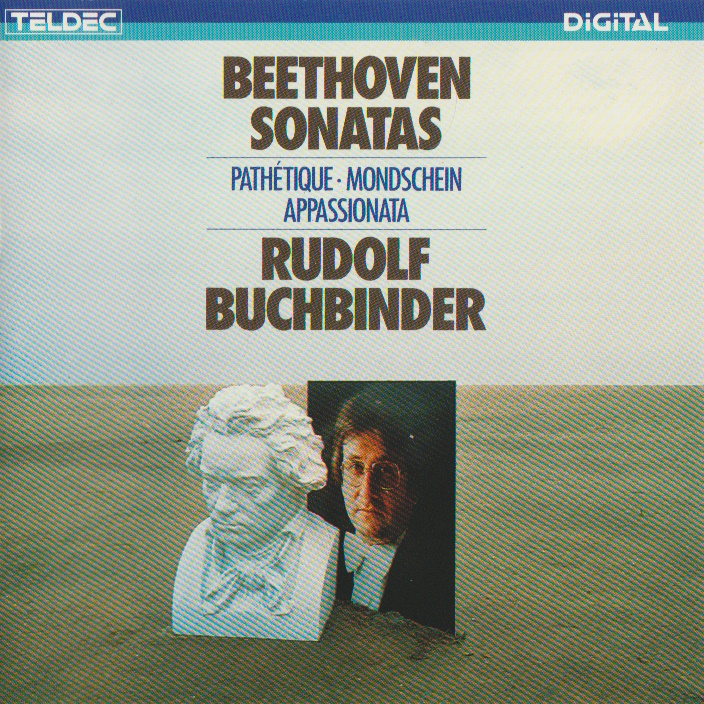
1 CD - 8.42913 ZK - (c) 1983
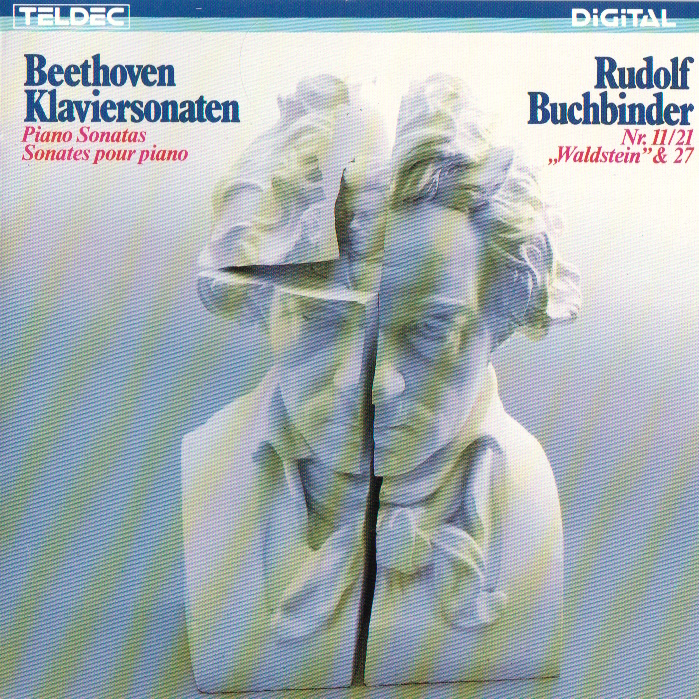
1 CD - 8.43111 ZK - (p)
1985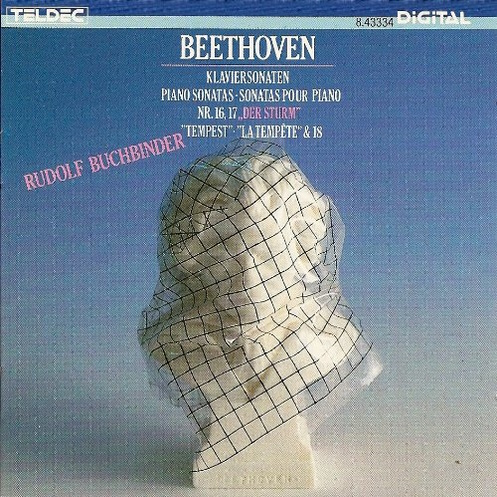
1 CD - 8.43334 ZK
- (p) 1986

1 CD - 8.43476
ZK - (p) 1987

1 CD - 8.43478
ZK - (p) 1987
|
|
|
|
|